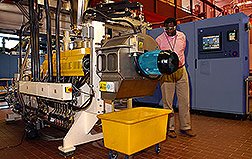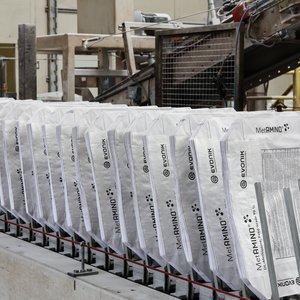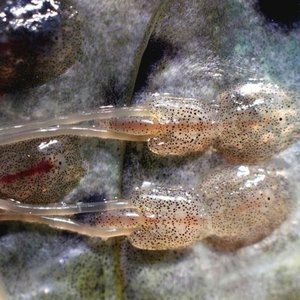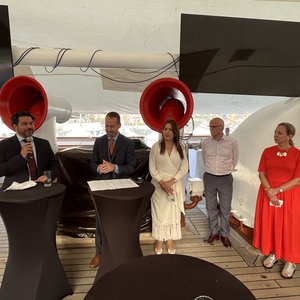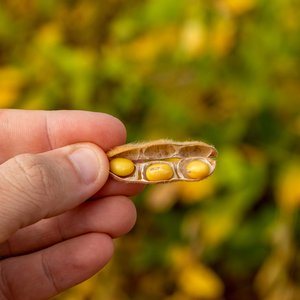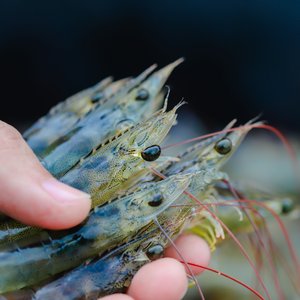The Eastern Regional Research Center (ERRC) in
The goal of the new center is to create value-added, novel foods, food ingredients, and nonfood or industrial biodegradable products from underused agricultural materials such as whey or corn byproducts. Current research projects cover a wide range of products, including snack foods, cheeses, meal replacement bars, pet foods, texturized proteins or meat substitutes, aquaculture feed, and nonfood materials such as films.
Scientists at ERRC work to create processes for converting corn and other grains into food and nonfood products. The waste streams from these processes will provide working materials for CEEPR projects.
The center features a modern pilot plant where new products can be developed from concept to prototype and eventually to full market production through technology-transfer collaborations. For example, they will develop processed foods and create unique biopolymers with production-scale extruders and an injection molding machine at ERRC.
Extrusion is a process of converting raw materials into new forms. The materials are first made into a semisolid mass, then forced through a die's restricted opening to create new shapes. According to Charles Onwulata, a food technologist in ERRC's Dairy Processing and Products Research Unit and CEEPR's coordinator, the food industry uses rheology equipment, which helps determine the form, deformation, and flow properties of melted materials and the texture of resulting products. As Onwulata says, "The rheology of the product in the extruder affects the structure and texture of the finished product."
Knowledge of polymer rheology is essential in maintaining uniform textures in molded products such as, for example, an ice cream sandwich. ERRC's polymer work will use injection molding to create bioplastics from agricultural wastes.
Onwulata says they are forming partnerships with industry, other research agencies, and universities. In the past, Onwulata has collaborated with two sister agencies at the U.S. Department of Agriculture. He worked with the Animal and Plant Health Inspection Service to develop an insect feed and with the United States Agency for International Development to develop an extruded instant emergency food product needing no further cooking. Onwulata is also developing new ways to use whey proteins in enhancing the nutrition content of extruded crunchy snack foods.
—By Jim Core, Agricultural Research Service Information Staff.
This research is part of Quality and Utilization of Agricultural Products, an ARS National Program (#306) described on the World Wide Web at www.nps.ars.usda.gov.
Charles Onwulata is in the USDA-ARS Dairy Processing and Products Research Unit, Eastern Regional Research Center, 600 East Mermaid Ln., Wyndmoor, PA 19038; phone (215) 233-6497
"Creating Novel Foods and More From Agricultural Products" was published in the March 2005 issue of Agricultural Research magazine.
Photo: In a modern pilot plant at the


